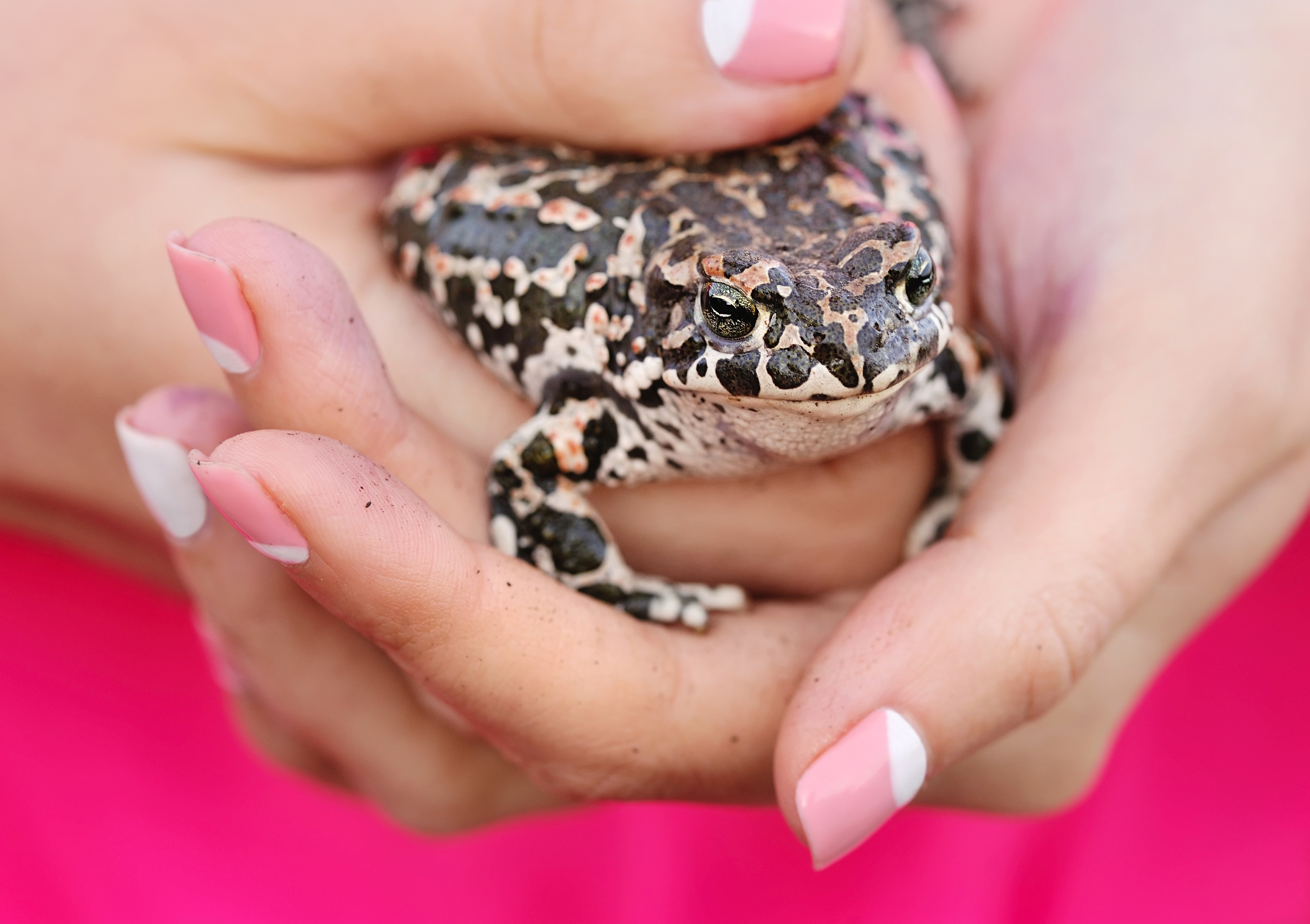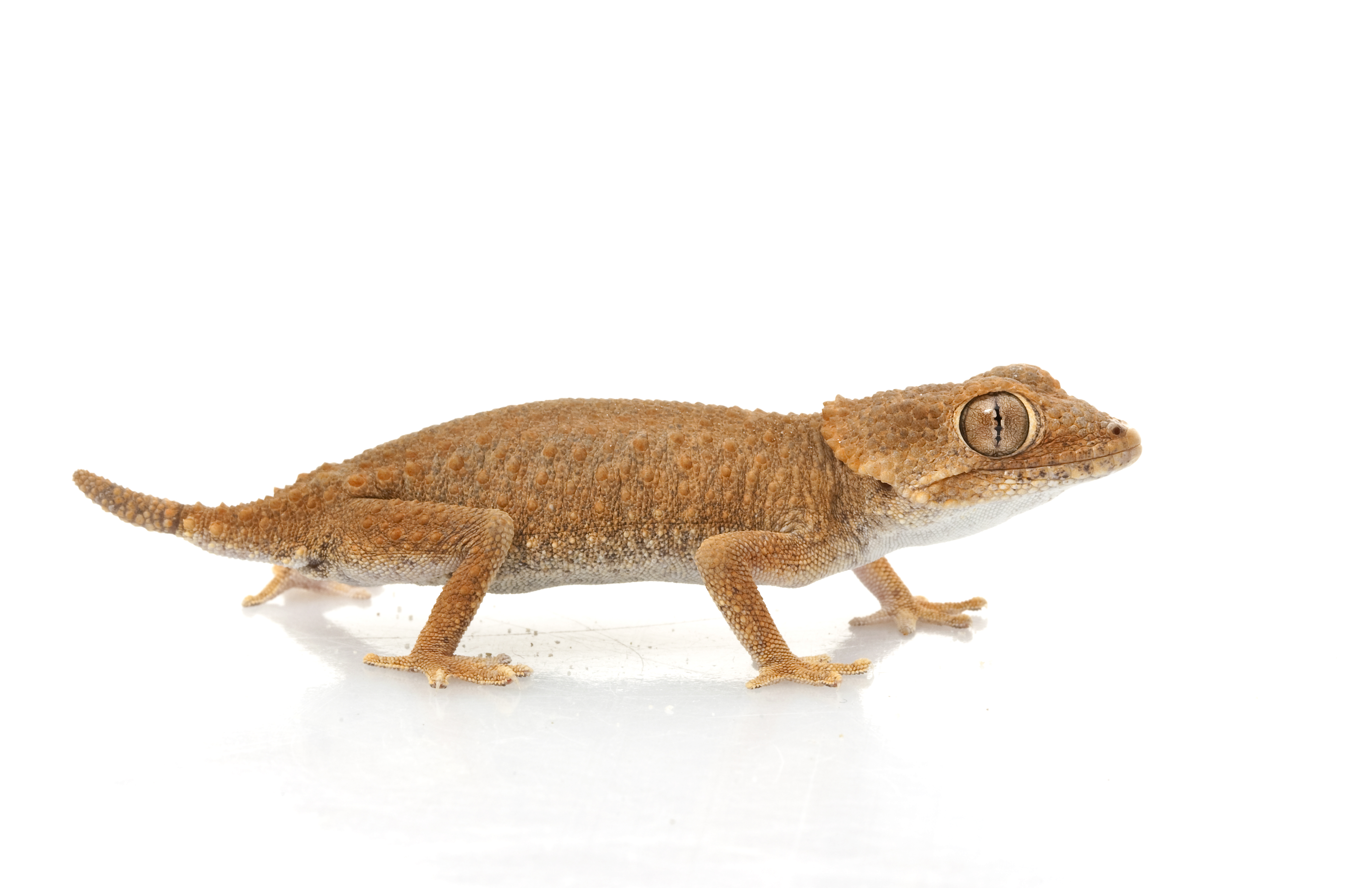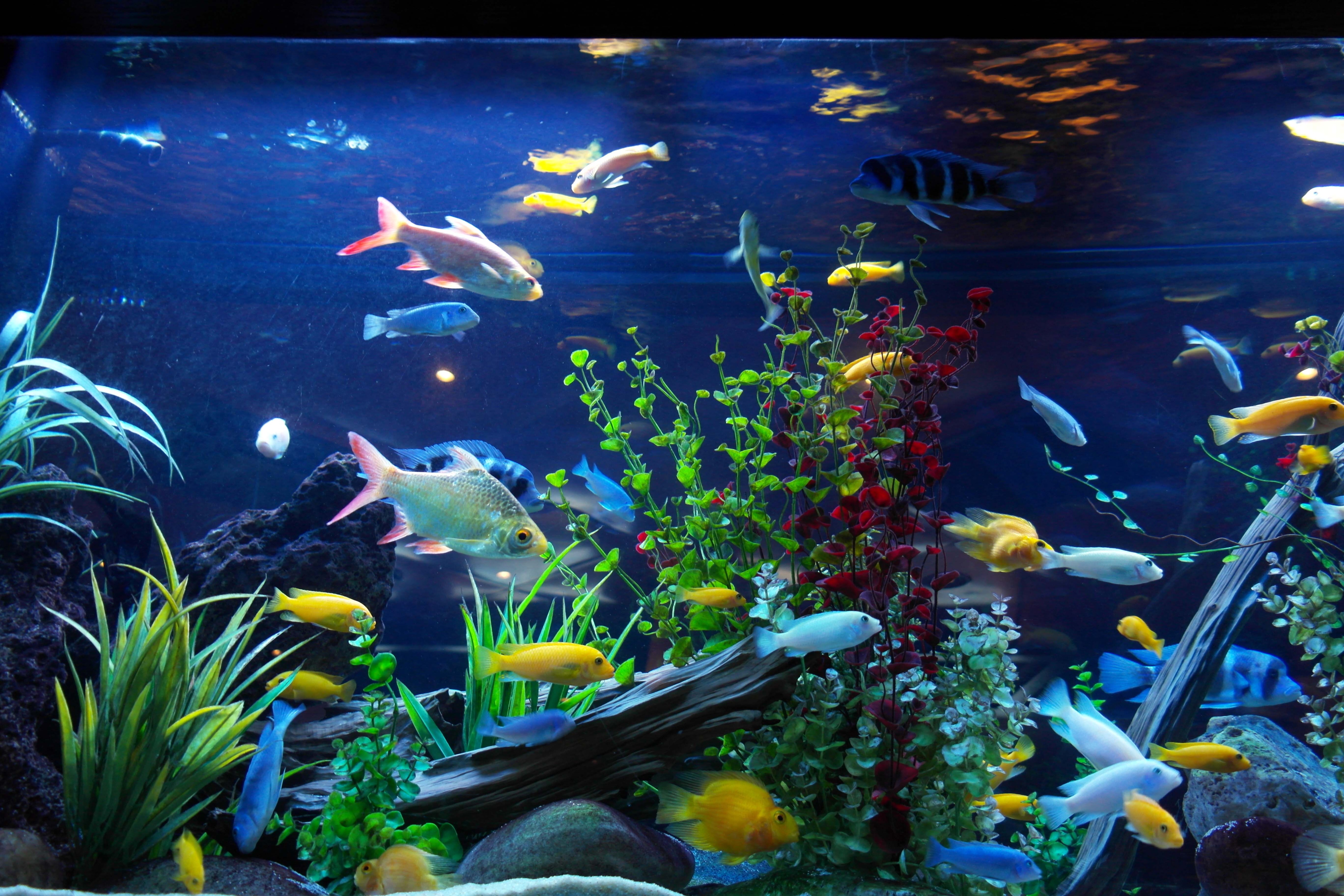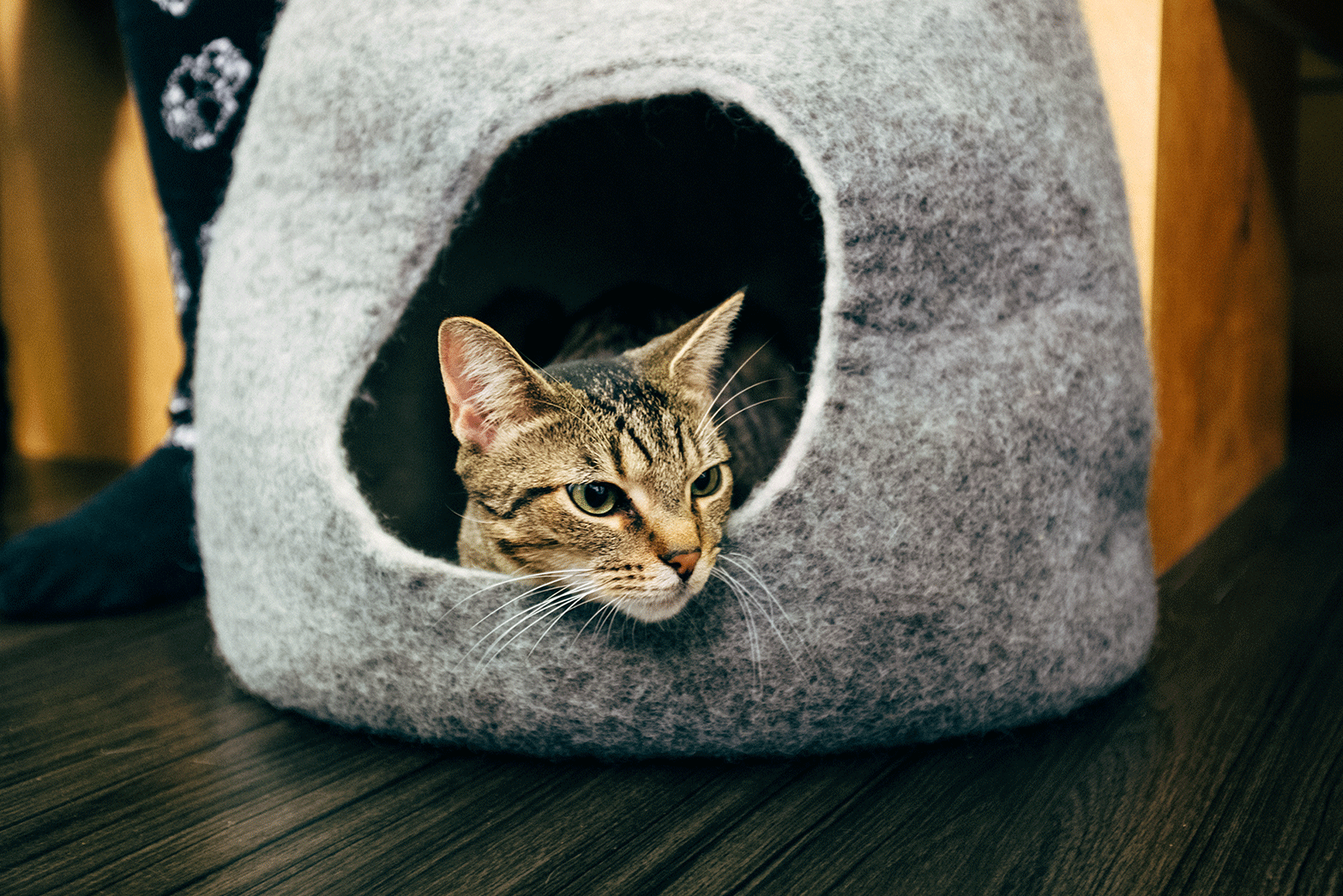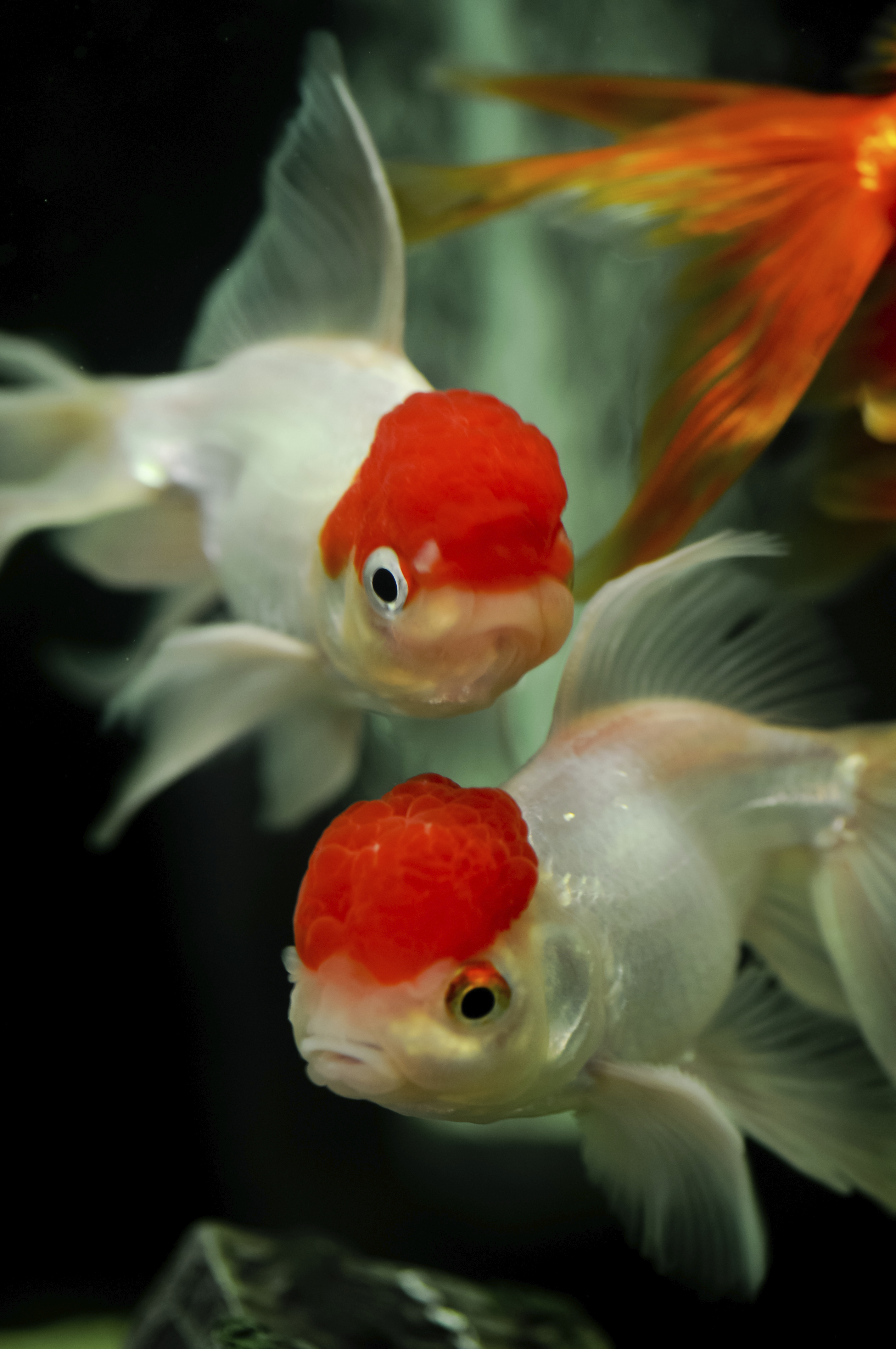Amphibian Answers
John Mack //May 3, 2016//
 While we often use the term “reptiles” as a catch-all category that includes amphibians—and even arachnids at times—amphibians by themselves are a large and popular category that provides unique opportunities for a canny pet store owner.
While we often use the term “reptiles” as a catch-all category that includes amphibians—and even arachnids at times—amphibians by themselves are a large and popular category that provides unique opportunities for a canny pet store owner.
“Amphibian” refers to frogs, toads, newts, salamanders and caecilians. Within the pet trade, however, our discussion narrows to primarily frogs, toads and salamanders. Amphibians differ from reptiles primarily through their early life cycle—amphibians undergo metamorphosis, while reptiles do not—and through their general habitats. Typically, though not always, amphibians prefer moist environments, while most reptiles range more broadly.
While there is a plethora of amphibious options for an up-and-coming reptile retailer, certain species of amphibian are a better option as you start to stock these animals. We recommend the White’s tree frog, the Pac-Man frog and the fire-bellied toad as great starter amphibians.
Other good choices include barking tree frogs, Cuban tree frogs and green tree frogs. While many stores offer poison dart frogs and the easily recognizable red-eyed tree frog, we find that these amphibians require more care and may not be suitable for a store making early forays into amphibian sales.
The White’s tree frog (Litoria caerulea) is also known as the dumpy frog or the Australian green tree frog. White’s tree frogs grow to approximately four to five inches and can live over 10 years in captivity. They tend to do well as starter amphibians because they generally tolerate handling well, even becoming accustomed to being picked up. One of our former breeding managers, in fact, used to type at her desk with her White’s tree frog curled up at the nape of her neck!
Pac-Man frogs (Ceratophrys) are also a solid starter option. They take their name from the video game character due to their large mouths and round appearance. Again, their relative ease of care and hardiness make them ideal starter amphibians. Pac-Man frogs often bury themselves in substrate up to their eyes, waiting patiently for meals to come by. However, be careful when handling them—they have teeth.
Why stock amphibians in the first place? They appeal to a different segment of the reptile-loving demographic. While some might balk at the idea of keeping a snake or bearded dragon, the idea of housing a frog may be appealing. Further, the variety of housing and caging options for an amphibian provide opportunities for customers who enjoy decorating cages. Since most amphibians are semi-aquatic, an amphibian owner effectively designs two full ecosystems in each enclosure. Particularly creative amphibian owners make the most of this feature, creating eye-catching enclosures.
Amphibians nearly always require live food, whether that food manifests as fruit flies, crickets, mealworms or another insect. As such, a satisfied amphibian-owning customer will likely make weekly or bi-weekly visits to your store, providing you with residual income that greatly surpasses the profit made from an initial amphibian sale. By providing that pet owner with an exemplary experience during pet purchasing, you ensure continual sales for your business and word of mouth advertising for your store.
When stocking amphibians, take advantage of their unique characteristics while creating enclosures. Amphibians can be sensitive to climate and temperature, so a proper enclosure should include areas of shade, heat and water. They should also have both a thermometer and a humidity gauge, as amphibians require significant moisture due to their semipermeable skin. While most amphibians require at least a temperature of 60 to 70 degrees Fahrenheit with at least 75 percent humidity, be sure that your staff knows the requirements of each species and follows care sheets with precision.
And, of course, take the time to set up quality enclosures. Each should show off both the terrestrial and aquatic hides, plants and decorations available to amphibian owners. Attractive displays not only show your customers what is possible with their new pet, but also advertise the products you offer on your shelves. The best possible advertisement comes from your products in action. With every passing visit from an amphibian owner as they purchase crickets or substrate, the opportunity for new sales emerges.
Amphibians can truly provide unique opportunities for your store once you’ve gotten a handle on selling reptiles. Simply keep up the high standards you’ve established already and the world of amphibians is yours to conquer!
